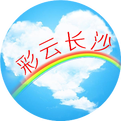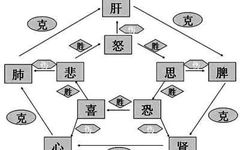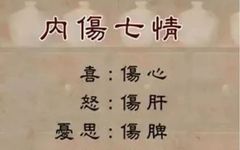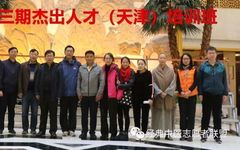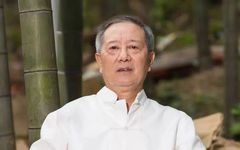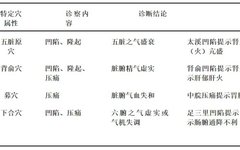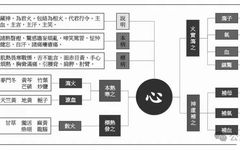Fundamental Theories of Traditional Chinese Medicine: Causes of Internal Injury
Causes of Internal Injury The causes of internal injury, also known as internal damage, refer to pathogenic factors that arise from emotional disturbances or behaviors that exceed the body’s self-regulatory capacity, directly harming the internal organs and leading to disease. These include internal injuries caused by the seven emotions, improper diet, and imbalance between work … Read more

